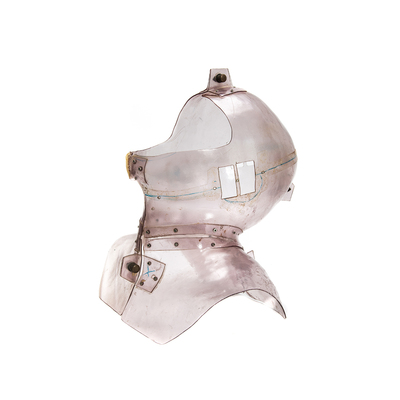Coolidge X-ray tube
Date
Circa 1917
Description
The Coolidge tube was an early apparatus used to produce X-rays for treating cancer. It was invented by William Coolidge in 1913 to improve the reliability of previous X-ray generating equipment by introducing a heated cathode as the electron source. The Coolidge tube consists of an evacuated glass envelope containing at one end a cathode and at the other, a tungsten anode. When a high voltage is applied across the ends of the tube, the electrons are accelerated into the anode, and the interaction produces X-rays, their maximum energy determined by the magnitude of the voltage. The X-rays are transmitted through the glass envelope, which can become discoloured as a result.
This Coolidge X-ray tube was donated by the Commonwealth X-ray and Radium laboratory in 1961. It would have been used in a laboratory setting and not for treating patients - it would have needed to be positioned around the patient at different angles - as compact as possible which is why linear accelerators were so important as they could treat with higher dosages of radiation in more compact form.
See full details



Do you know something about this object?
Be the first to comment on this object record.